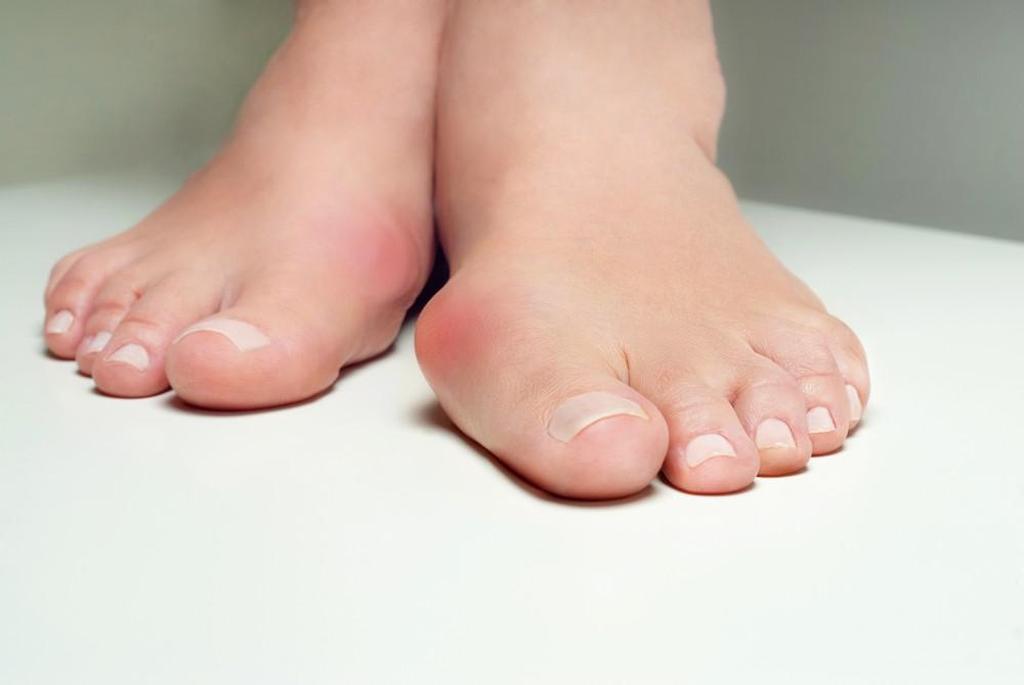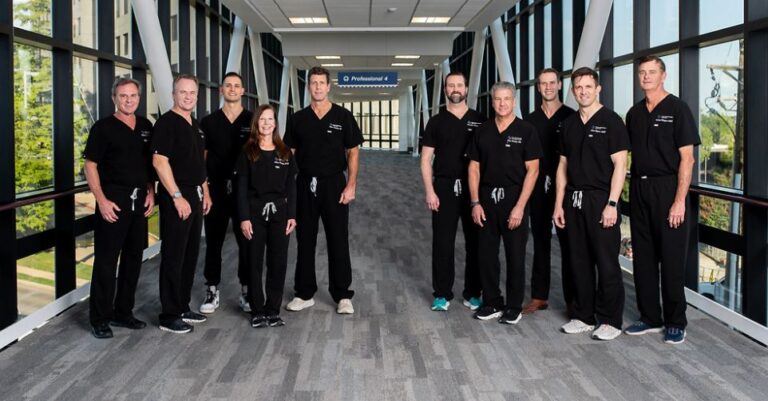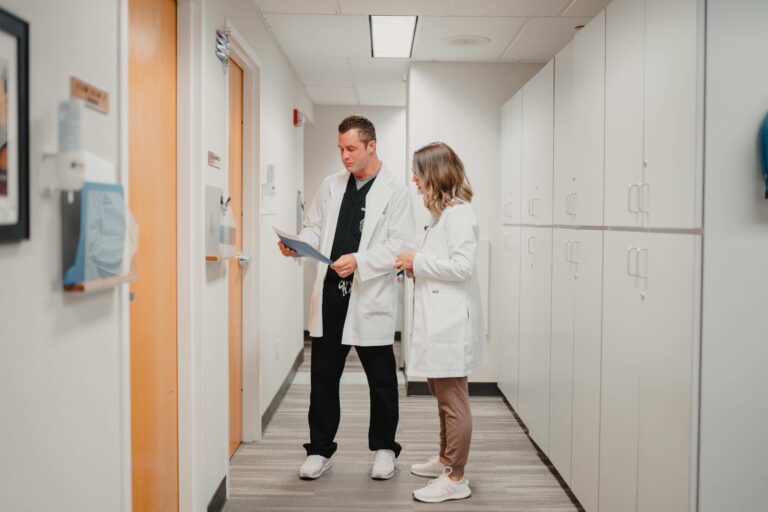Anyone can get a bunion, clinically known as hallux valgus, but they’re more common in women. A bunion is a bony bump that develops on the side of your foot, at the base of your big toe. About one in three adults over age 65 has a bunion.
One of the reasons they’re more common in women is that bunions often develop in people who frequently wear high heels or pointy-toed shoes that put pressure on the sides of their feet. Over time, this pressure forces the big toe to turn in toward the other toes, creating a deformity.
Another cause of bunions is genetics. The structure of your feet passed down from your parents may make them more prone to bunions. Having a bunion does not mean you need surgery immediately. As the bunion develops and gets bigger though, surgery is the only way to correct the deformity.
The highly skilled orthopaedic surgeons at Texas Orthopaedic Associates can realign your toe joint and correct your bunion using minimally invasive techniques. Here, they share information about bunions, including when it’s time to schedule a surgery.
Causes and symptoms of bunions
Bunions are caused by either lifestyle or genetics or a combination of both. For example, the shape of your foot can make you more likely to develop a bunion than other people, as can the way you walk. Wearing ill-fitting shoes that push your toe or irritate the side of your foot can also contribute to the development of a bunion.
A bunion occurs when your big toe gradually moves inward toward the other toes. As a result, the bone as the base of the toe protrudes out, away from your other toes. This bump can make it painful or uncomfortable to wear certain shoes. However, if the bump is small, you can wear looser or more comfortable shoes to help relieve any discomfort.
If the bump gets large enough, it can be excruciating and debilitating. Other symptoms include redness, inflammation, and joint stiffness.
When is it time to get bunion surgery?
In the early stages of development, your bunion may not cause pain or problems. Simply wearing comfortable shoes, icing it, padding it, or taking pain relievers can help. However, when noninvasive methods stop working or your pain begins to interfere with your daily activities, it may be time for surgery.
Once the bones in your feet have shifted, the only way to realign them or correct the deformity is through surgery. At Texas Orthopaedic Associates, our skilled orthopaedic surgeons can realign your toe joint and correct your bunion using minimally invasive techniques so that you can resume an active, pain-free lifestyle quickly.
Call Texas Orthopaedic Associates, with offices in Dallas, Plano, Weatherford, Keller, or Fort Worth, Texas, if you’re ready to schedule your bunion surgery. Or, use our online scheduler to make your appointment.













